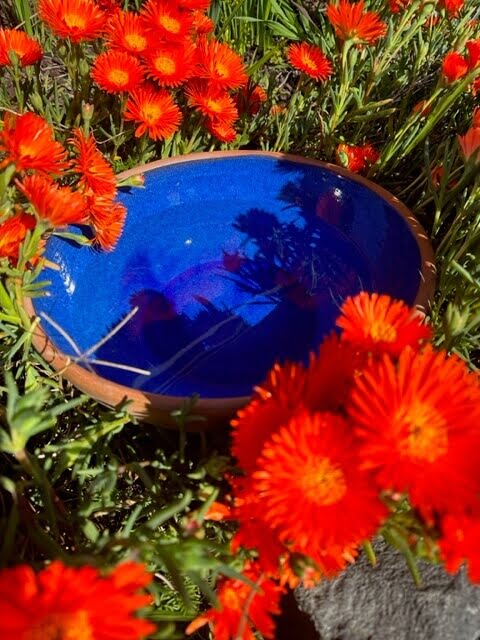No products in the cart.
Easy To Do Themed Gardens
- January 17, 2020
- Reading Time: 1 minute
Themed gardens are becoming increasingly popular so let’s take a look at some of the most popular themes and how you can bring a point of interest to your garden.
Zen Garden
The main idea with a Zen garden is that everything in it must carry a meaning to you. There is no focal point in a zen garden and asymmetry, and contrast is essential.
All elements are carefully selected to harmonise with each other, and it should look natural and well maintained.
A zen garden will provide you with a serene retreat away from the hustle and bustle of the modern world.
Australian Native
There are a plethora of plants you can put in your Native Australian garden, and the good news is most are drought tolerant and very low maintenance.
Think Spotted Emu Bush mixed with Kangaroo Paw and maybe even an NSW Christmas Bush. Carefully plan out your garden with Australian natives, and you’ll have a relaxing space that is low maintenance and requires very little water to keep it looking great!
Asian Inspired
An Asian inspired oasis will require some careful planning and beware – they’re usually high maintenance.
There are a few different styles – in a Chinese garden, the emphasis is on nature and culture to create a harmonious space. A Japanese garden is a little more controlled. All have water features. Jump on Pinterest for inspiration and styles to best suit your climate and home.
English Flower Garden
An English flower or cottage garden seamlessly blends colours, textures, forms and fragrance to create a beautiful and breathtaking garden.
An English flower garden does not have to be meticulously planned, but it does need some maintenance to ensure some plants don’t take over the entire yard while others need to be maintained, so they don’t die out.
Start with a formal structure and then let your imagination run wild with various cottage plants and flowers suitable for your climate. It’s probably best to start small and use features such as picket fencing, window boxes, birdbaths and feeders mixed with rustic tables and chairs to fill the empty spaces.





























